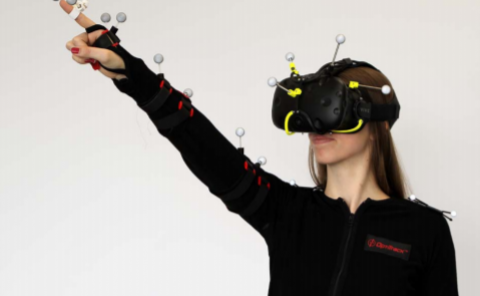FoV Privacy-aware VR Streaming
PubDate: Oct 2021
Teams: Beihang University
Writers: Xing Wei, Chenyang Yang
PDF: FoV Privacy-aware VR Streaming

Abstract
Proactive tile-based virtual reality (VR) video streaming can use the trace of FoV and eye movement to predict future requested tiles, then renders and delivers the predicted tiles before playback. The quality of experience (QoE) depends on the combined effect of tile prediction and consumed resources. Recently, it has been found that with the FoV and eye movement data collected for a user, one can infer the identity and preference of the user. Existing works investigate the privacy protection for eye movement, but never address how to protect the privacy in terms of FoV and how the privacy protection affects the QoE. In this paper, we strive to characterize and satisfy the FoV privacy requirement. We consider “trading resources for privacy”. We first add camouflaged tile requests around the real FoV and define spatial degree of privacy (SDoP) as a normalized number of camouflaged tile requests. By consuming more resources to ensure SDoP, the real FoVs can be hidden. Then, we proceed to analyze the impacts of SDoP on the QoE by jointly optimizing the durations for prediction, computing, and transmission that maximizes the QoE given arbitrary predictor, configured resources, and SDoP. We find that a larger SDoP requires more resources but degrades the performance of tile prediction. Simulation with state-of-the-art predictors on a real dataset verifies the analysis and shows that a user requiring a larger SDoP can be served with better QoE.


